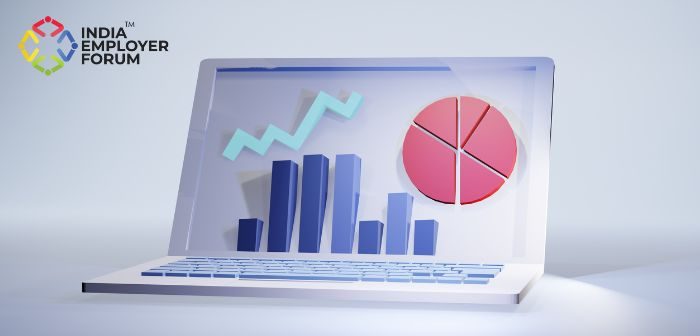India’s journey towards economic growth hinges on embracing economic complexity rather than just focusing on manufacturing exports. According to Harvard Professor Ricardo Hausmann, economic complexity is the most reliable predictor of long-term, scalable prosperity. India already possesses a diverse and complex economy, producing a wide range of goods and services. Although challenges remain in scaling and quality, this complexity provides a strong foundation for the next decade, reinforcing India’s consistent and steady growth.
By 2030, we can envision India as a $10 trillion economy, with 80% of its workforce employed outside of agriculture, and 200 cities with populations exceeding one million. Our urban centres would meet the Marchetti constant with average commuting times of 30 minutes. Government borrowing rates would drop below 4%, while Aadhaar-linked land markets would stabilize rental yields and mortgage rates. Public sector banks, managed by independent holding companies, would operate free from political interference. The credit-to-GDP ratio would rise to 100%, reflecting improved lending and recovery practices.
Educational reform is a crucial component of this vision. Government school enrolment would stabilize due to improved learning outcomes. High-quality education would be universally accessible. Fiscal discipline would ensure low inflation, and half of college-age students would participate in a diverse higher education system, compared to just 25% today. By 2030, India should be able to attract and accommodate the demands of all the manufacturers relocating from China who currently favour Vietnam and Malaysia. Global capital, driven by negative interest rates, would meet our investment needs. Reformed labour policies would encourage formal employment, and a revamped social security system would cover 60% of the workforce, compared to just 20% now.
While many overestimate the short-term impact of policy changes, they often underestimate their long-term benefits. Historically, our policy approach was reactive, often blaming external factors instead of taking proactive steps. However, a new narrative is emerging, recognizing the government’s role in nurturing the conditions for economic growth.
John Kingdon’s policy change theory emphasizes that reform happens when problem, solution, and timing align. The COVID-19 pandemic has created such a policy window for India. Developed nations, struggling with ageing populations, strained healthcare systems, and high public debt, will find it difficult to sustain growth. Europe’s social spending model is unsustainable, while the U.S. faces ongoing political challenges despite its historical reliance on immigration.
In the short term, India must employ fiscal spending, monetary easing, and regulatory reforms to mitigate the economic impact of COVID-19. However, the only sustainable path forward lies in structural reforms that foster private sector job creation by accelerating five critical labour market transitions: from farm to non-farm work, rural to urban migration, subsistence self-employment to decent wage jobs, informal to formal employment, and from education to employment. Our challenge isn’t identifying what needs to be done—we’ve known that for decades—but executing these reforms. Delays only prolong unnecessary human suffering.
British civil servant Leonard Woolf observed in 1967 that the British government could have avoided much of the misery of India’s partition by granting earlier concessions. Similarly, India’s necessary job market reforms are inevitable and overdue. The sooner we implement them, the sooner we can create the 300 million new formal, productive jobs that the country desperately needs.
Poet Maya Angelou once said, “The universe is made of stories, not atoms.” Unfortunately, the economic stories India told itself post-1947 have hindered our productivity. Yet, not all our narratives have been counterproductive; our political story has been remarkably successful. The vision of leaders like Gandhi, Nehru, and Patel has guided India and Pakistan down very different paths since independence, a difference highlighted by our robust democratic processes.
The British Empire justified its rule through a so-called civilizing mission, a narrative perpetuated by figures like Rudyard Kipling and Winston Churchill. My education in the 1980s reflected this bias, emphasizing colonial achievements while downplaying atrocities like the Bengal famine. Recent re-evaluations by historians like Shashi Tharoor and Jon Wilson offer a more balanced perspective, highlighting the immense human cost of colonial rule. As Chinua Achebe noted, “Until the lions have their own historians, the history of the hunt will always glorify the hunter.” India’s evolving political, social, and economic narratives in 2020 will lay the groundwork for a vastly different 2030.
India may not be the world’s most powerful nation, but it is undoubtedly one of the most fascinating. The COVID-19 pandemic, an unprecedented global challenge, offers India a unique opportunity to eradicate poverty by 2030. By focusing on productivity, urbanization, financial inclusion, formalization, and effective governance, India is poised to become the world’s third-largest economy within the next decade.
Also read: Revitalising India’s Economy: Key Strategies for Sustainable Growth and Productivity




